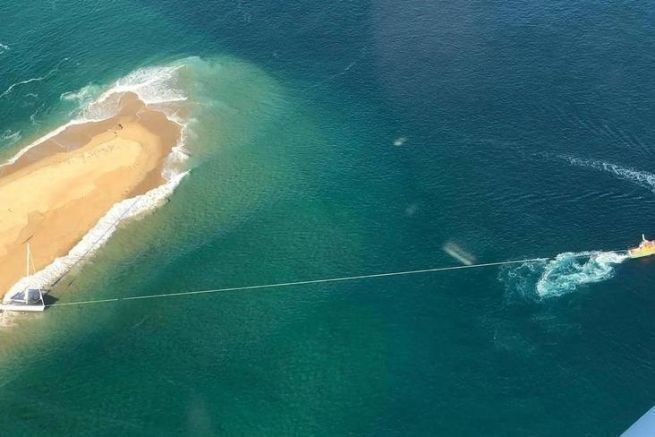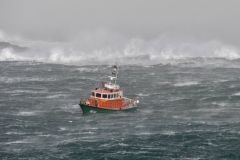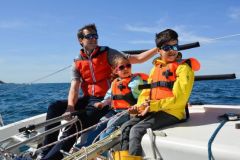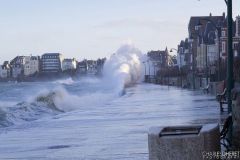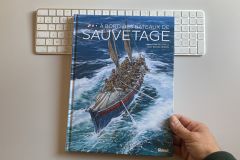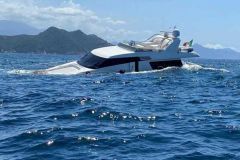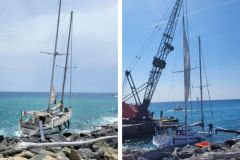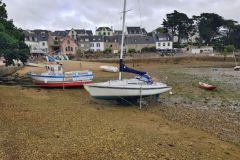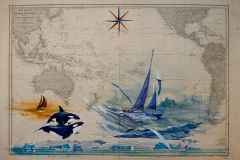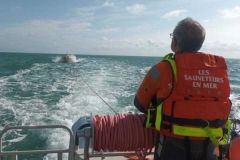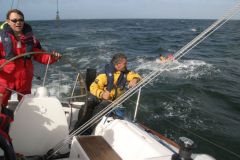The passes of Arcachon, a delicate passage
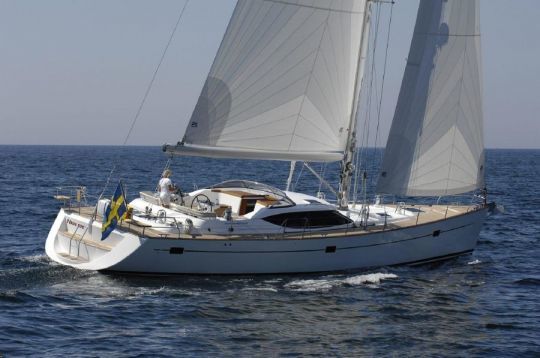
The Freya is a Najad 570, a solid sloop built in Sweden and designed for ocean cruising. Her crew is composed of the owner couple, accompanied by two friends. After a tour of Denmark, the skipper decided to continue his cruise towards Lisbon, cruising along the French coast. After a stopover in La Rochelle, he is approaching Arcachon on Sunday, September 11, 2022 in the early morning.
The Freya is recent and very well equipped. It displaces almost 30 tons for a draft of 2.7 meters.
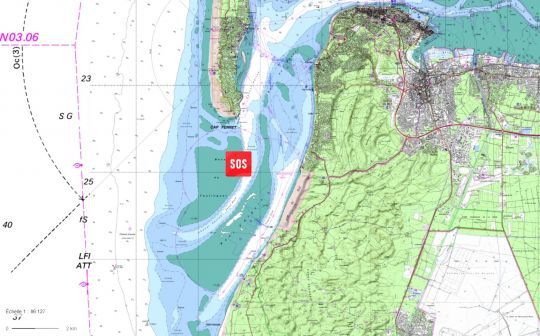
The southern channel being closed to navigation, the only way to enter the Arcachon basin is through the northern channel. As the Freya entered the bay under motor, it was caught in a "caouen", a small sand bank that was created naturally.
"The caouens are very common in the basin" sébastien Duluc, the president of the SNSM station based in Lège-Cap Ferret, explains us.
"At each tide, nearly 250 million cubic meters of water move, and sand movements are very frequent. Every year, the buoyage is modified to follow the evolution of the sea bed and readjust the channels."
Soon, the depth sounder dropped from 10 to 3 meters. The bottom rose too quickly to have time to maneuver, and the Freya came to rest in the sand. The wind was strong and the current was still very violent in this area. The coefficient of 98 added to the short waves pushed the Freya onto the Toulinguet bank. Despite the 200 horsepower of the engine, the skipper was unable to reach the middle of the channel. Trapped by the falling tide on a sailboat that was heeled at 70 degrees, the crew reported their distress to Cross Etel.
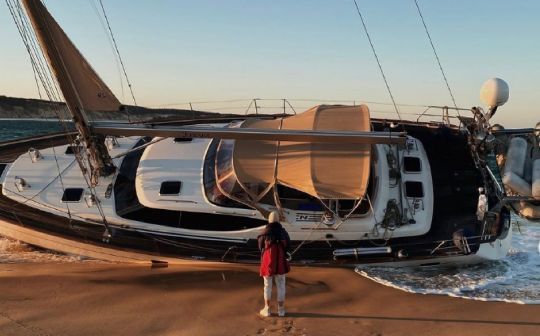
Julia, who was on board the Freya, explains: "We really felt helpless against the current and the waves that pushed up on the sandbar. The sound of the waves and the impact on the hull was impressive and we were very scared."
A first crew of rescuers in a semi-rigid boat quickly went to the site to see that the boat was already dry. The crew was safe and the Najad was lying on its port side, without any apparent damage.
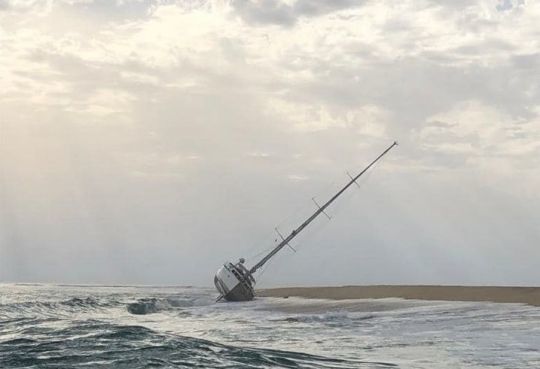
Since no maneuvering could be attempted, half of the wrecked crew was brought ashore, while the owner couple remained on board.
A laborious towing process
At the end of the day on Sunday, the all-weather boat Gema was mobilized to get the Freya out of this predicament. With the tidal coefficients declining on Tuesday, the window of opportunity was very short. If the operation fails, the Freya will remain on its sandbank for many months, waiting for the return of the high tides.
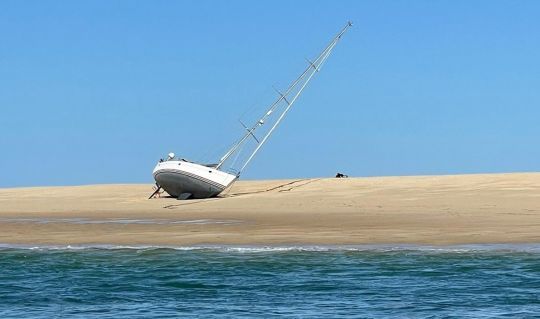
The first attempt was unsuccessful, as the Freya just turned on its side, but did not reach open water.
A 2nd intervention is then scheduled on Monday at the end of the day, in order to take advantage of the last great coefficient of the year.
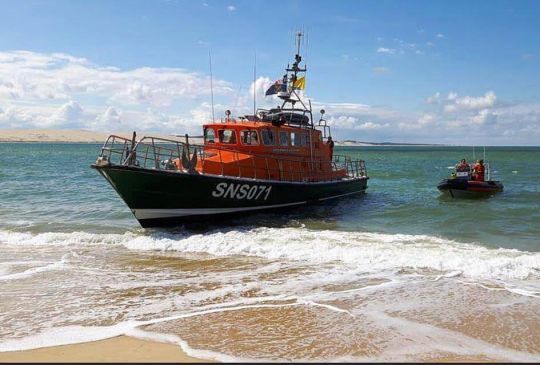
Thirteen crew members, the all-weather boat and a RIB were mobilized for this large-scale operation. A first 200-meter trailer was passed between the Freya and the all-weather boat, whose engines developed 700 horsepower. But this one quickly gave way and a second trailer was installed around the Freya's mast, and the operation was quickly resumed.
The rudder broke during this second attempt to refloat the boat.
Thanks to the shorebreak, the strong waves that break on the shore, the Freya rocks from one side to the other by leaning on its keel, which digs a deep furrow.
After 1h30 of efforts, the Freya is back afloat, and will be towed to the port of Arcachon. No water ingress was noted, but the boat will have to be hauled out to dry land in order to replace the rudder, and to repair a dent in the hull.
No navigation errors, but a bad combination of elements
No injuries were reported in this operation, both on the part of the crew and the many volunteer rescuers. The quality of the Freya's construction allowed it to survive this grounding, which could have resulted in the total loss of the yacht.
After studying the history of the Freya's chartplotter, it did not exit the channel, but was on the left side of it. A bad combination of elements with shifting banks, as well as rough weather, made the conditions of entry through the channel very delicate. They led to this grounding.
In view of the conditions, it would have been ideal to release on another port, but with such a unit and a draft of 2.7 meters, the possibilities to divert to another shelter are very limited in the area.
"This type of intervention is quite common on the basin, but it's rare that it involves sailboats of this size." concludes Sébastien Duluc.
